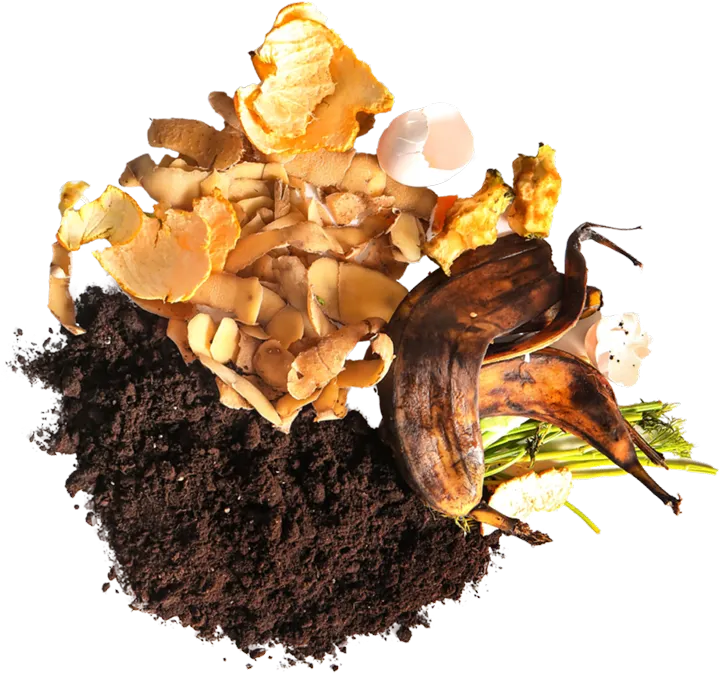Do-It-Yourself Compost
Composting is a great way to reduce food waste and keep your garden healthy. It doesn’t take much to start a composting project in your own back yard.
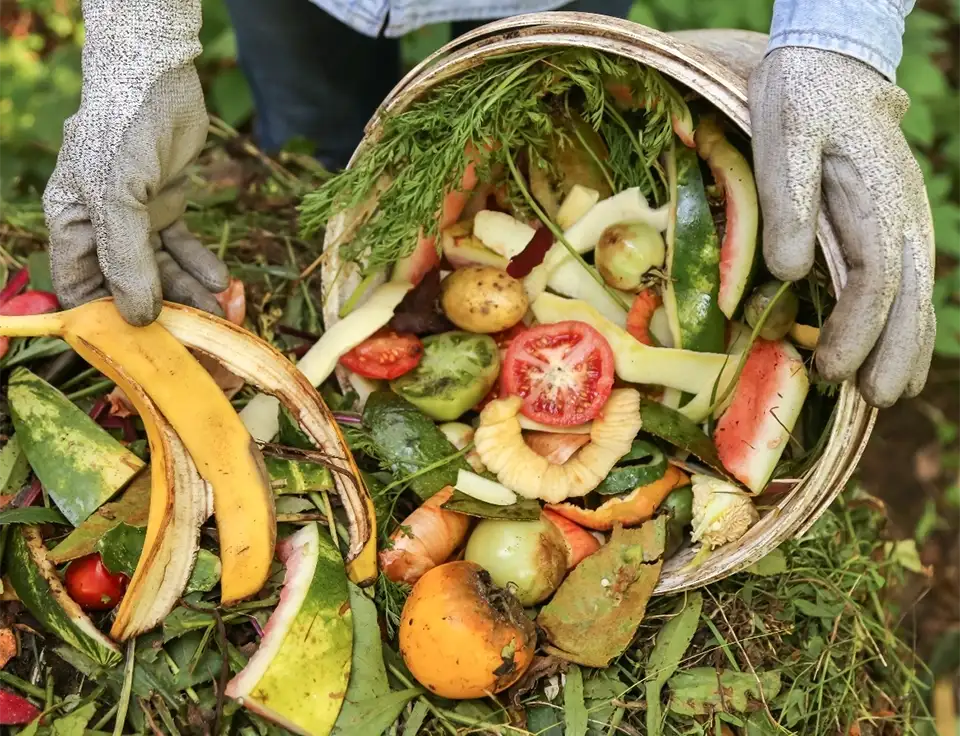
What is composting?
Think of composting as nature’s way of recycling. When you compost your food waste, the billions of living organisms in healthy soil transform its dead plant materials into vital nutrients that help new plants grow. With a little bit of time, food scraps, yard trimmings and a spot in your backyard for a pile, you can start composting today! It’s a great way to improve the health and appearance of your yard while saving money on fertilizer and mulch.
Why should you compost?
The earth
loves it
Roughly 21% of waste processed as trash in Onondaga County is compostable food. Compost stores carbon in the ground rather than releasing it into the atmosphere. Backyard composting also cuts waste and costs for our community.
Your plants
love it
Compost improves soil structure and texture, increases its ability to hold water and air, improves soil fertility and simulates healthy root development in plants. It’s a great way to keep your yard or garden looking (and feeling) healthy!
You’ll
love it
Composting gets rid of waste in the house and reduces the need for chemical fertilizers so you save money. Just start with the leaves and grass in your yard and work your way toward incorporating food scraps.
How do you compost?
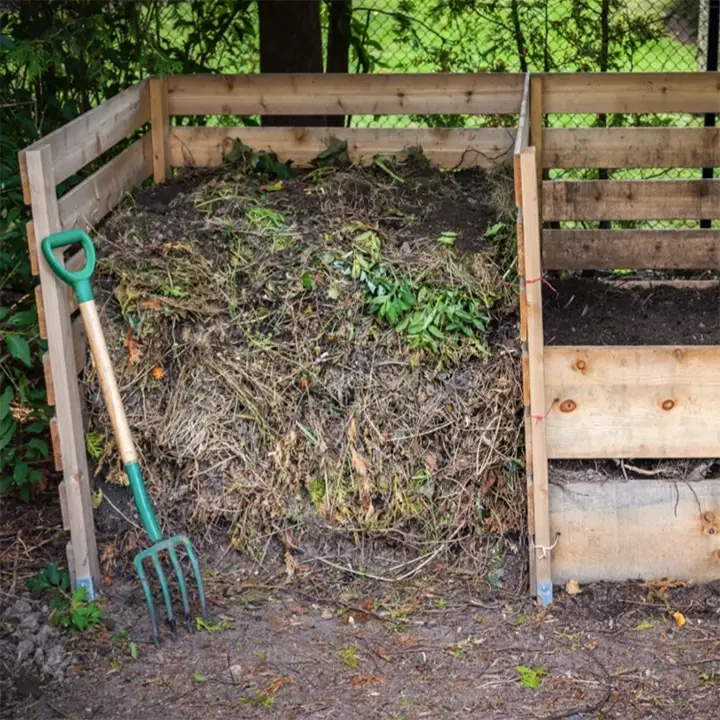
Step 1:
Find a place for the pile
Look for a dry, shaded spot by a water source where you can set up a 3’X3’X3’ pile. You can put together three pallets to build a container, or purchase a composting bin, rotating drum or wire frames, if a pile doesn’t work for you. Review some options.
Indoor composting is also an option. A method called vermicomposting involves a bin, bedding, food scraps and….worms. You read that correctly! Indoor composters often use worms to eat food as it breaks down. A common option is red wigglers. What worms leave behind after digesting your food scraps can be added to soil to give it a nutritious boost. Watch this guide to vermicomposting from Broome County’s Cornell Cooperative Extension.
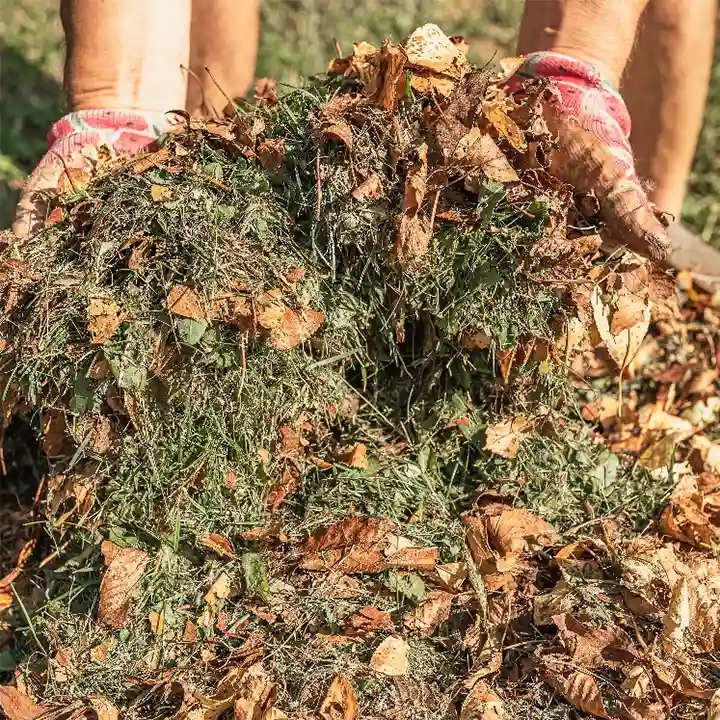
Step 2:
Add ingredients to the pile
Compost needs a good balance of carbon-rich materials (browns), nitrogen-rich materials (greens), air and water. The carbon and nitrogen come from the organic materials (food scraps and yard waste) that you mix together. These will form the building blocks of your pile.
Compost:
- Fruits & Vegetables
- Coffee Grounds & Tea
- Yard Trimmings
- House Plants
- Paper Napkins
- Crushed Egg Shells
Do NOT Compost:
- Dairy Products
- Meat, Fish & Bones
- Fats & Oils
- Diseased/Infested Plants
- Pet Waste
- Produce Stickers & Glossy Paper
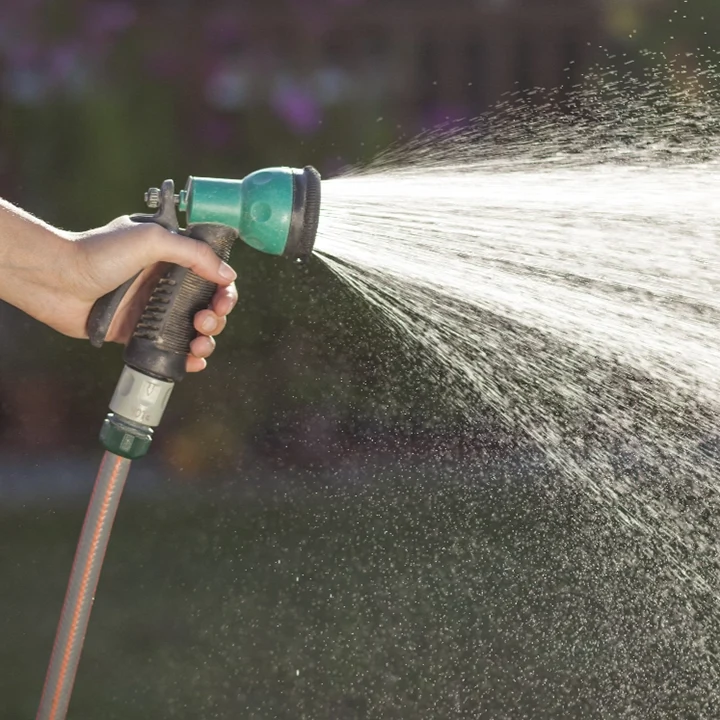
Step 3:
Add water to the pile
Make sure to keep your pile moist, but not too wet, by regularly adding water as needed. Ideally you want it to feel like a damp sponge.
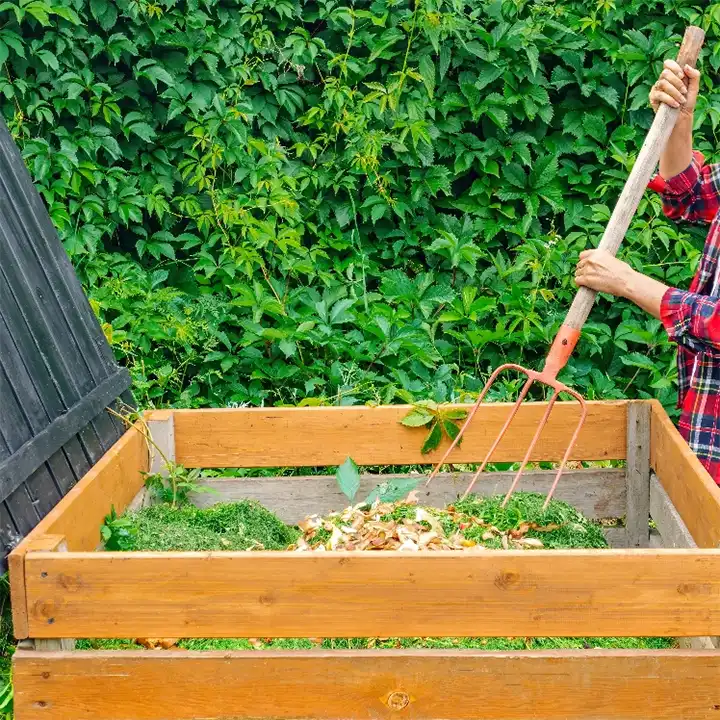
Step 4:
Keep the pile moving
Along with water, your compost needs oxygen. Turning the mixture can help to build up oxygen and speed up the decomposition process!
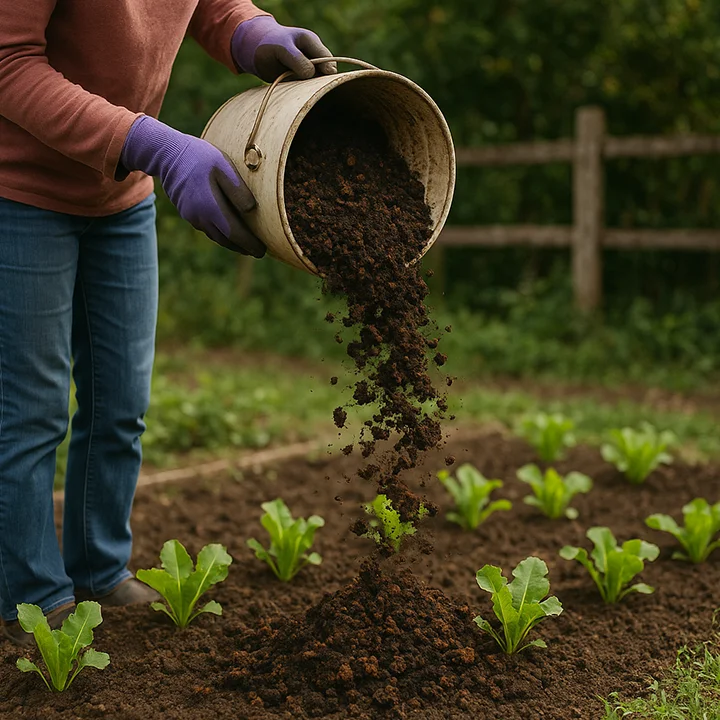
Step 5:
Add compost to your garden
The compost is ready when it smells earthy and looks (and feels) similar to soil. It’s time to get rewarded for your efforts. Add a layer of free homemade compost to your garden to help new plants grow. When it is time to harvest your crops, save food scraps for new compost pile. You’re creating a circular economy right in your own backyard.
Check out the step-by-step guide
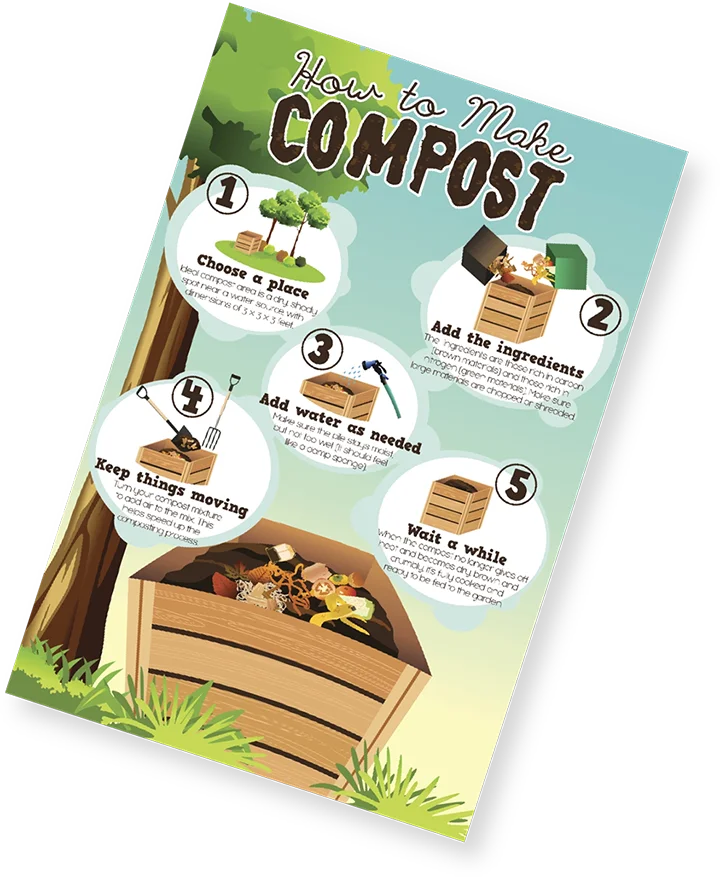
Ready for more research before you begin?
Here are some resources to learn more about composting:
